Sikorsky is conducting flight tests to refine the control laws and aerodynamics of a novel vertical takeoff and landing uncrewed aerial system (VTOL/UAS), according to a press release.
The flight tests aim to demonstrate the efficiency and scalability of a twin proprotor ‘rotor blown wing’ configuration.
This VTOL UAS, which takes off and lands on its tail like a helicopter, transitions to horizontal forward flight for long-endurance missions such as intelligence, surveillance, reconnaissance, and targeting.
The tests are part of the Ancillary initiative by the Defense Advanced Research Projects Agency (DARPA), which seeks to develop a Class 3 UAS VTOL X-Plane capable of operating in most weather conditions from ship decks and unprepared surfaces without infrastructure.
The term ‘rotor blown wing’ refers to the constant airflow from the proprotor wash across the wing. This design choice reduces drag in hover mode and during the transition to forward flight, thereby increasing cruise efficiencies and endurance.
“Flight tests are underway to verify our tail-sitting rotor blown wing UAS can launch and land vertically with high stability, and cruise efficiently on wing,” said Igor Cherepinsky, director of the rapid prototyping group Sikorsky Innovations.
“Key enablers to flight manoeuvrability, and future vehicle scalability, are our MATRIX autonomy flight control system, and an articulated rotor system similar to those in traditional helicopters.”
Sikorsky is flying a proof-of-concept vehicle powered by a battery for the current tests. If selected for a future phase of the ANCILLARY project, Sikorsky plans to build a 300-pound hybrid-electric version, which will include a 60-pound ISR payload.


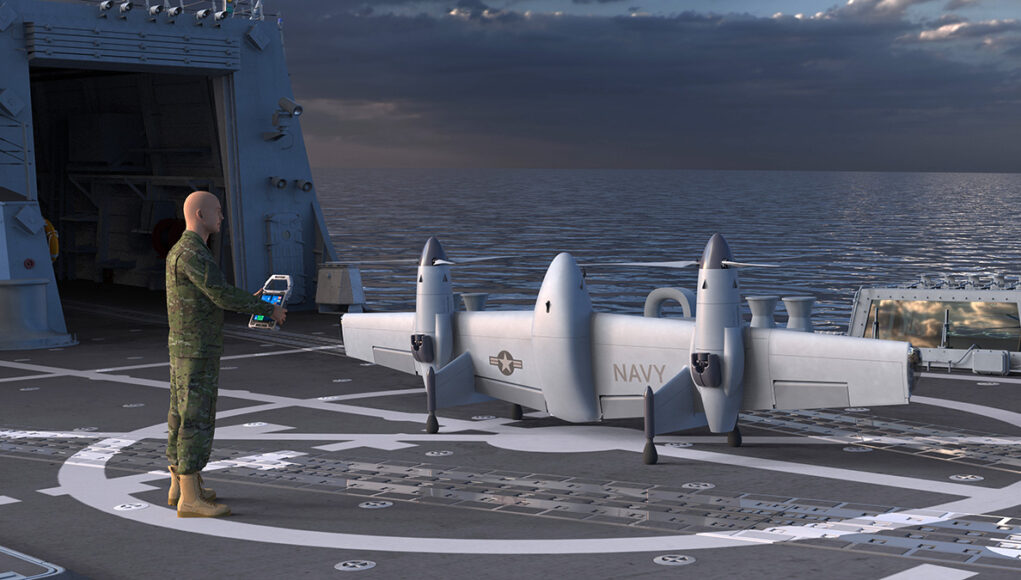

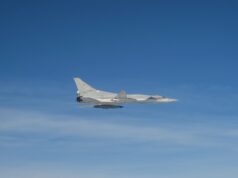
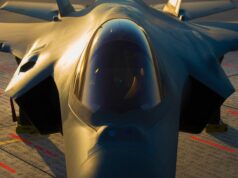

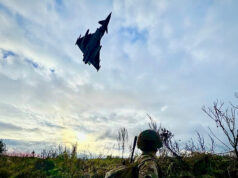
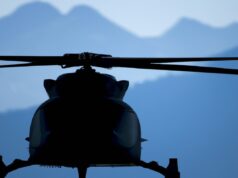

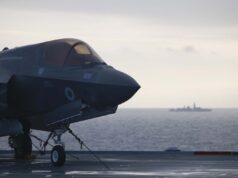

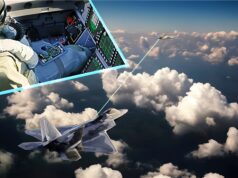

Doesn’t look as innovative as BAE Strix. More like some of the failed tail sitter prototypes from 1950s.
Right. We need a new mosquito drone for very low level + popup long range attack. capable of a 1000kg payload of glider bombs.
Oh well, no one bats a thousand. Still believe DARPA is the very best available investment of my tax dollars. 🤔😊
Interesting and we need to know more about it before writing it off and I do like the simplicity of Strix but for me I still haven’t seen anything that looks more innovative and with the potential to be effective in the limited space on ships than the transwing:
https://newatlas.com/drones/pterodynamics-transwing-navy/
It’s not how it looks that counts.
I prefer the Transwing myself it seems to be perfect for compact ship based flight decks.
Looks like a RC de havilland hornet with its tail cut off..
Damn it ! 🙂 You beat me to it !